Flowers are showy and essential for reproduction by their plants, but leaves contain the photosynthetic aparatus and are the source of food that plants self-generate. Leaves are essential to the world's economy, providing the basic materials that feed both plants and animals. Of course there are other synthetic pathways and some stems are photosynthetic, but far and away most of the energy from the sun is captured by leaves and turned into plant biomass, which is subsequently eaten by just about everything.
Leaves have work they must do and that creates design constraints on them. Yet look at this diversity:
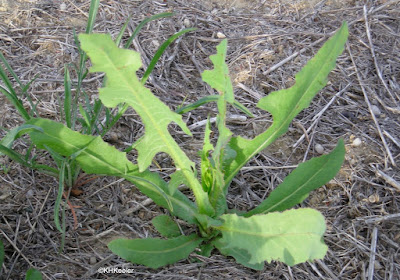 |
| wild lettuce, Lactuca, young plant |
 |
| salsify, Tragopogon, a very young plant |
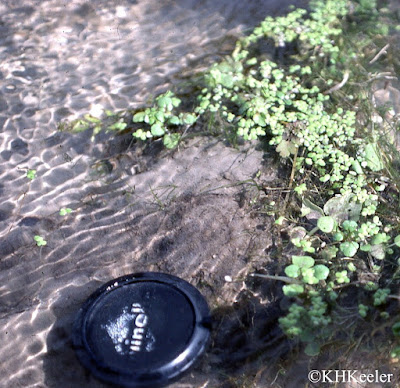 |
| watercress, Nasturtium officinale, growing wild |
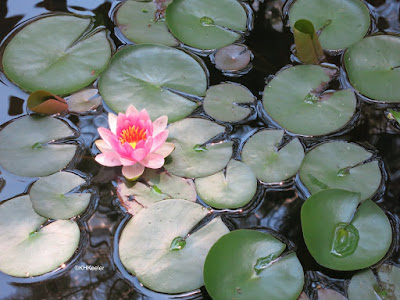 |
| water lily, Nymphaea, many times the size of the watercress leaves |
 |
| clary sage, Salvia sclarea, leaves are both hairy and fragrant |
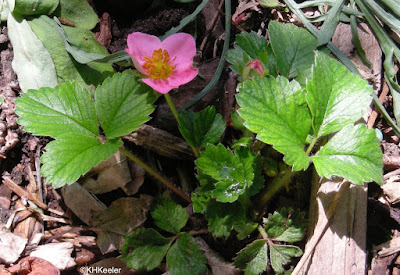 |
| strawberry, Fragaria |
 |
| lupine, Lupinus |
 |
| sumac, Rhus |
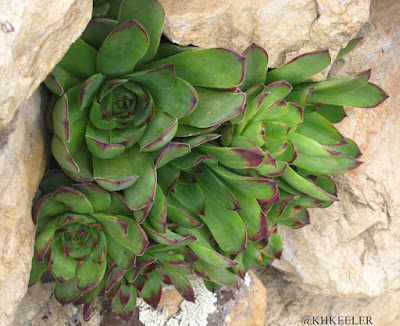 |
| houseleek, Sempervivum, thick (succulent) leaves |
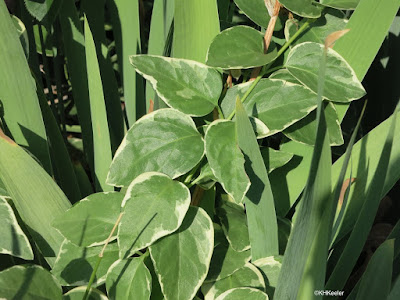 |
the sprawling variegated leaves are bishop's weed, Aegopodium podagraria
the pointy leaves are iris |
I can go on and on. This is only a small bit of the diversity of leaf shapes and sizes. Look around and notice the variation. Trying to make order, people have observed that closely related plants will often have similar leaves, grasses for example. Another source of similarity is a stressful habitat; for example many desert plants have small, tough leaves. Conversely, humans have selected for different colors of leaves for ornamental plants and are attracted to unusual leaf shapes. So there's lots to notice.
 |
| amaranth, Amaranthus |
Comments and corrections welcome.
Kathy Keeler, A Wandering Botanist












No comments:
Post a Comment